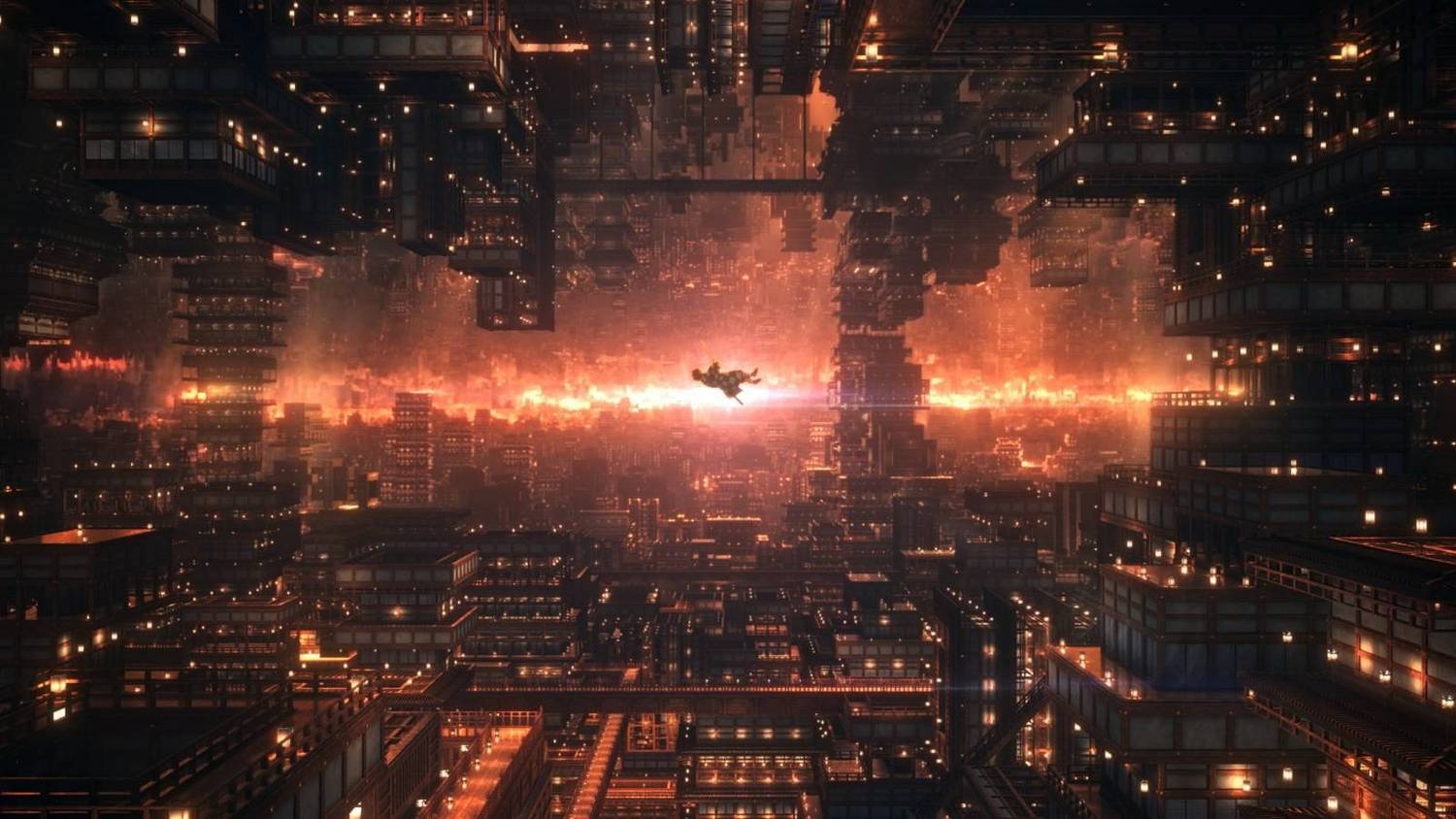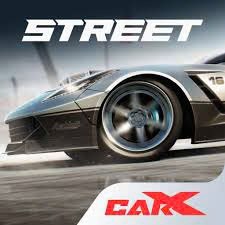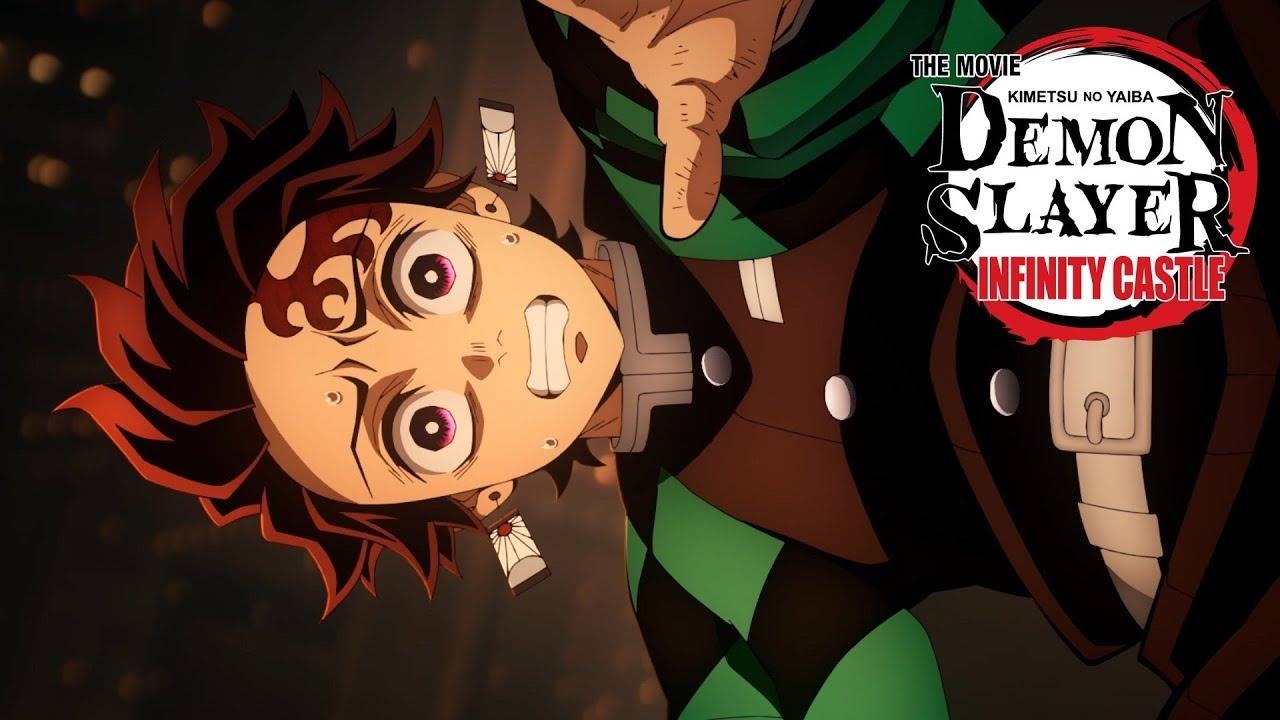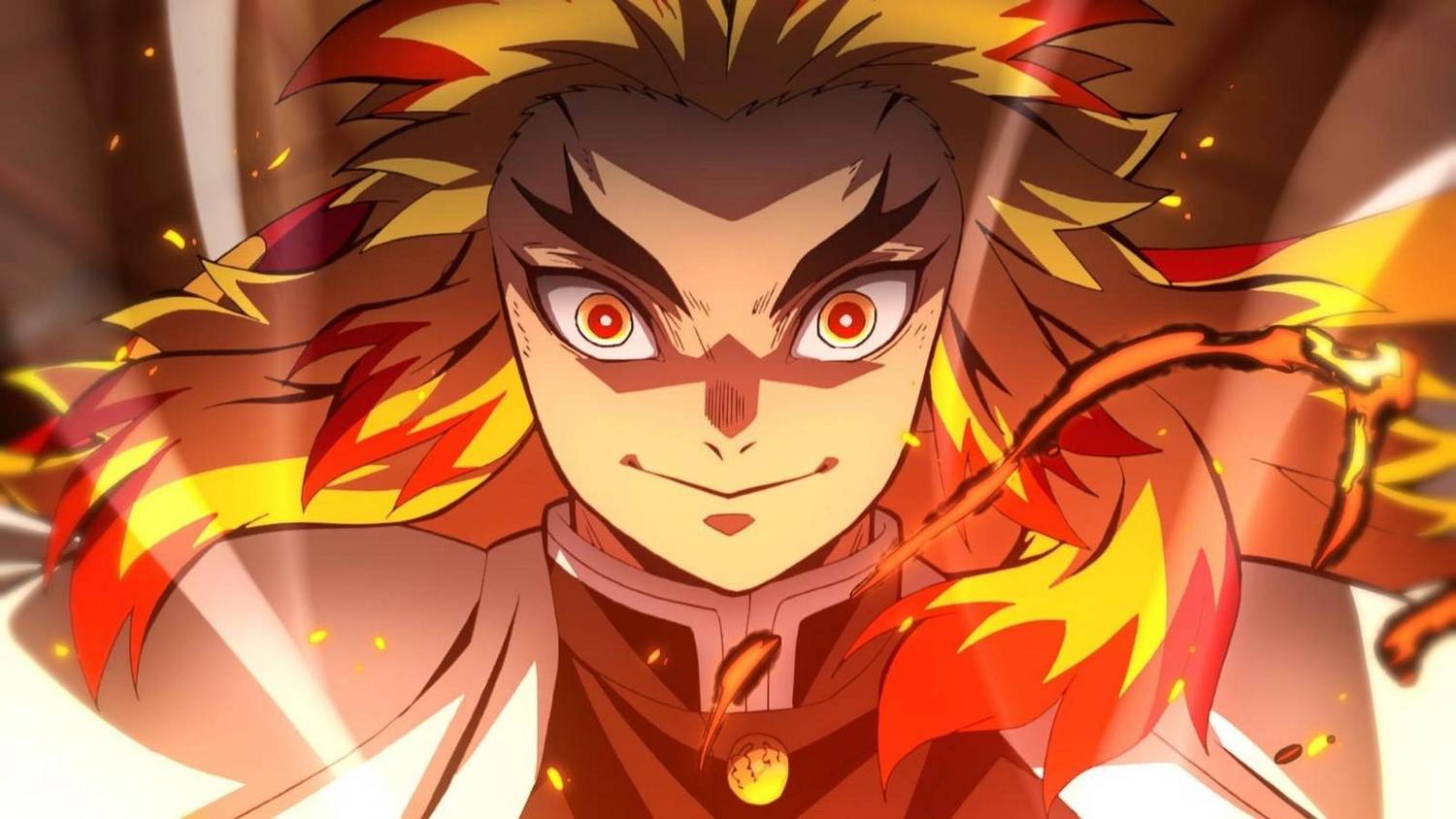Ufotable’s Masterclass: Why ‘Demon Slayer: Infinity Castle’ Finally Solved the Anime CG Problem
Popular Now
 Call of Duty
Call of Duty
 Minecraft
Minecraft
 CarX Street
CarX Street
 NBA 2K24
NBA 2K24
 Rust
Rust
 Free Fire
Free Fire
 PUBG Mobile
PUBG Mobile
 R.E.P.O
R.E.P.O
 The Legend of Zelda
The Legend of Zelda
 Geometry Dash
Geometry Dash 
For years, anime fans have had a complicated and often contentious relationship with Computer-Generated Imagery (CGI). While the technology is a crucial tool in modern animation, its integration has often felt jarring and out of place, creating a noticeable visual disconnect between hand-drawn characters and their 3D surroundings. From the stiff, unexpressive models in some series to the “uncanny valley” effect of others, CGI has long been a source of frustration. But with the release of Demon Slayer: Kimetsu no Yaiba – Infinity Castle, studio Ufotable has proven that they have not only mastered the art of blending 2D and 3D animation but have also set a new standard that other franchises can only hope to follow.
The new film, which is the first part of a trilogy adapting the manga’s final arc, is a visual spectacle that has been met with near-universal acclaim for its animation. The movie’s setting, the ever-shifting and twisting Infinity Castle, is a CG creation. However, unlike many other anime, where such a complex environment would look stiff and out of place, the Infinity Castle is a dynamic, fluid, and terrifyingly real location. Ufotable’s success lies not in avoiding CGI but in embracing it and using it in ways that complement the hand-drawn elements, rather than clashing with them. This is the core reason why Demon Slayer has succeeded where so many others have failed, creating a seamless and immersive cinematic experience that is both beautiful and terrifying.
 The Ufotable Secret: Seamless Blending
The Ufotable Secret: Seamless Blending
Ufotable’s genius is in its in-house production pipeline, which gives it complete control over every step of the animation process, from storyboarding to final compositing. This allows them to expertly blend 2D and 3D elements in a way that is simply not possible for studios that outsource their work. Here are the key techniques that make their CGI so effective:
- Dynamic Camera Work: The most impressive feat of the film’s CGI is the camera. The Infinity Castle is a massive, complex, and constantly moving environment. Ufotable uses its CG assets to create stunning, dynamic camera movements and tracking shots that would be incredibly difficult and expensive to do with traditional 2D animation. This gives the fights a sense of speed and scale that is rarely seen in the medium. The camera zooms, swoops, and rotates around the characters, all while the environment shifts around them, creating a feeling of constant motion and disorientation that perfectly mirrors the chaos of the story.
- Strategic Use of Lighting and Compositing: Ufotable is a master of “satsuei,” or compositing, the final step in the animation process where all the layers are combined. They use lighting, shadows, and digital effects to make the 2D characters feel as if they are truly part of the 3D world. In the Infinity Castle, the lighting on the characters changes as the walls and floors shift, and reflections from the magical, glowing surfaces appear on their bodies. This meticulous attention to detail makes the blend of 2D and 3D so seamless that a casual viewer would have a hard time telling where one ends and the other begins.
- The “Human Touch”: While the environment is in 3D, the characters themselves are still hand-drawn. This is a crucial distinction. The animators are able to retain the emotional expressiveness and fluid movement of traditional animation, while the CG handles the heavy lifting of the complex backgrounds and camera work. This ensures that the characters never feel stiff or lifeless, which is a common complaint with fully CG anime. Instead, the CGI acts as a powerful support system, enhancing the hand-drawn elements without ever overshadowing them.
 A New Standard for the Industry
A New Standard for the Industry
The success of Demon Slayer: Infinity Castle is a landmark moment for the anime industry. It proves that CGI is not a crutch for lazy animation but a powerful tool that, when used correctly, can elevate a story and create a visual experience that is simply not possible with traditional techniques alone. While other franchises like Jujutsu Kaisen and One Piece have their own incredible animation highlights, no other studio has consistently and expertly integrated CGI into its core workflow with the finesse of Ufotable. Their work on Demon Slayer is a masterclass in modern animation, and it is a clear sign that the future of the medium will be defined by studios that can seamlessly blend the best of both worlds.









 The Ufotable Secret: Seamless Blending
The Ufotable Secret: Seamless Blending A New Standard for the Industry
A New Standard for the Industry